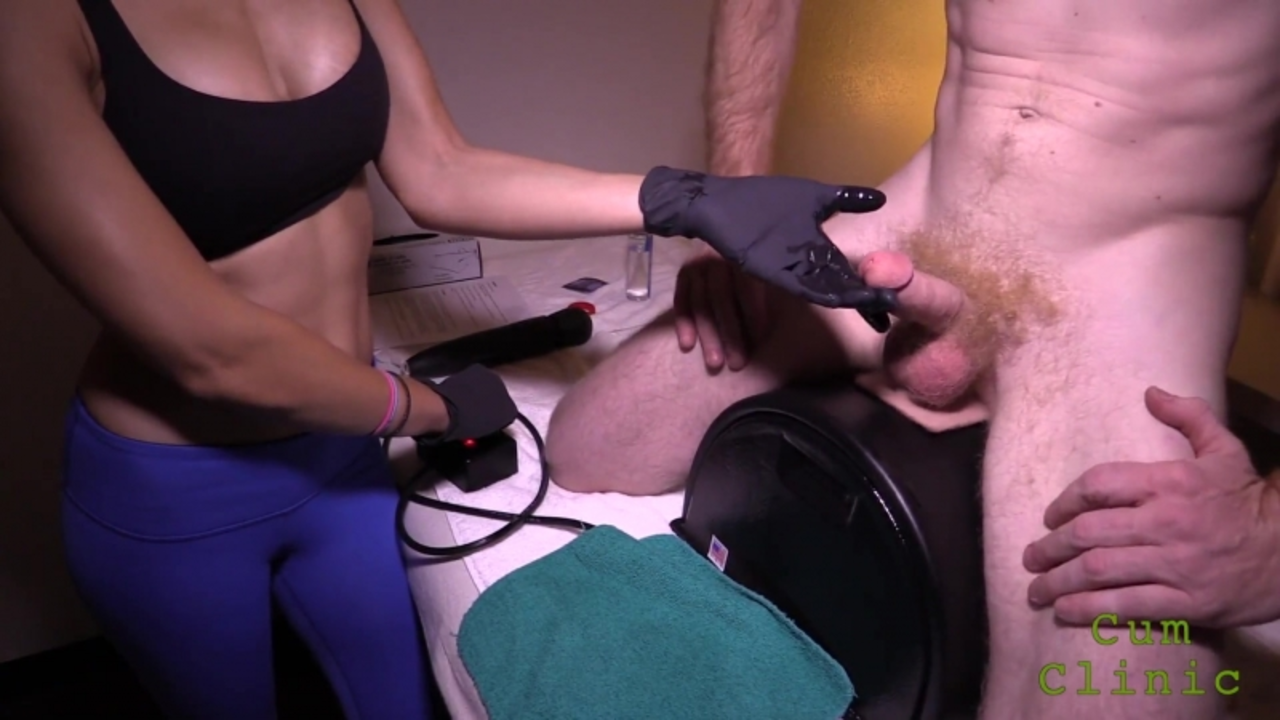Enlarged Prostate (BPH): What to Watch For and What You Can Do
Waking up several times a night to pee? That annoying urgency could be an enlarged prostate, also called benign prostatic hyperplasia (BPH). It’s common as men age — many notice symptoms in their 50s and 60s — but you don’t have to just accept it. You can learn what helps and when it’s time to get medical advice.
Symptoms and when to see a doctor
Look for changes in how you urinate: a weak stream, trouble starting, dribbling at the end, urgency, or frequent trips to the bathroom — especially at night. If you ever have sudden inability to urinate, blood in the urine, fever, or severe pain, get medical help right away. Those can signal complications that need prompt care.
If symptoms bother your sleep, work, or mood, book a visit. A doctor will usually ask about your symptoms, do a simple urine test, and might check your prostate with a quick exam or order a blood test (PSA) to rule out other issues.
Treatments and simple steps to feel better
Treatment depends on how much your symptoms affect you. If they’re mild, many doctors start with watchful waiting and lifestyle changes. Try limiting fluids a couple of hours before bed, cut back on caffeine and alcohol, and double-void (pee, wait a few minutes, try again) to reduce dribbling.
Medications are a common next step. Alpha-blockers (like tamsulosin) relax the muscles around the prostate and bladder neck to improve flow. 5-alpha-reductase inhibitors (like finasteride) shrink prostate size over months and help if the gland is large. Sometimes doctors use both together, or prescribe tadalafil for men with both BPH and erectile problems. All meds have pros and cons, so talk side effects and interactions with your provider or pharmacist.
If medicine doesn’t help, procedures can ease blockage. Minimally invasive options and surgical choices range from steam therapy and laser treatments to TURP — each has different recovery times and results. Ask your urologist what fits your symptoms and health goals.
At home, pelvic floor exercises can strengthen muscles that control urination. Using a bladder diary for a week helps you and your doctor spot patterns and measure progress. Also tell your pharmacist about all medications and supplements you take — some cold medicines and herbal products can make urinary problems worse.
Dealing with BPH is often a step-by-step process: simple changes first, medicines next, then procedures if needed. You don’t have to guess alone — get a clear exam, ask about side effects, and follow a plan that fits your life. If you want, our pharmacy team can help review medicines, suggest safe over-the-counter aids, and answer basic questions about interactions and dosing.

